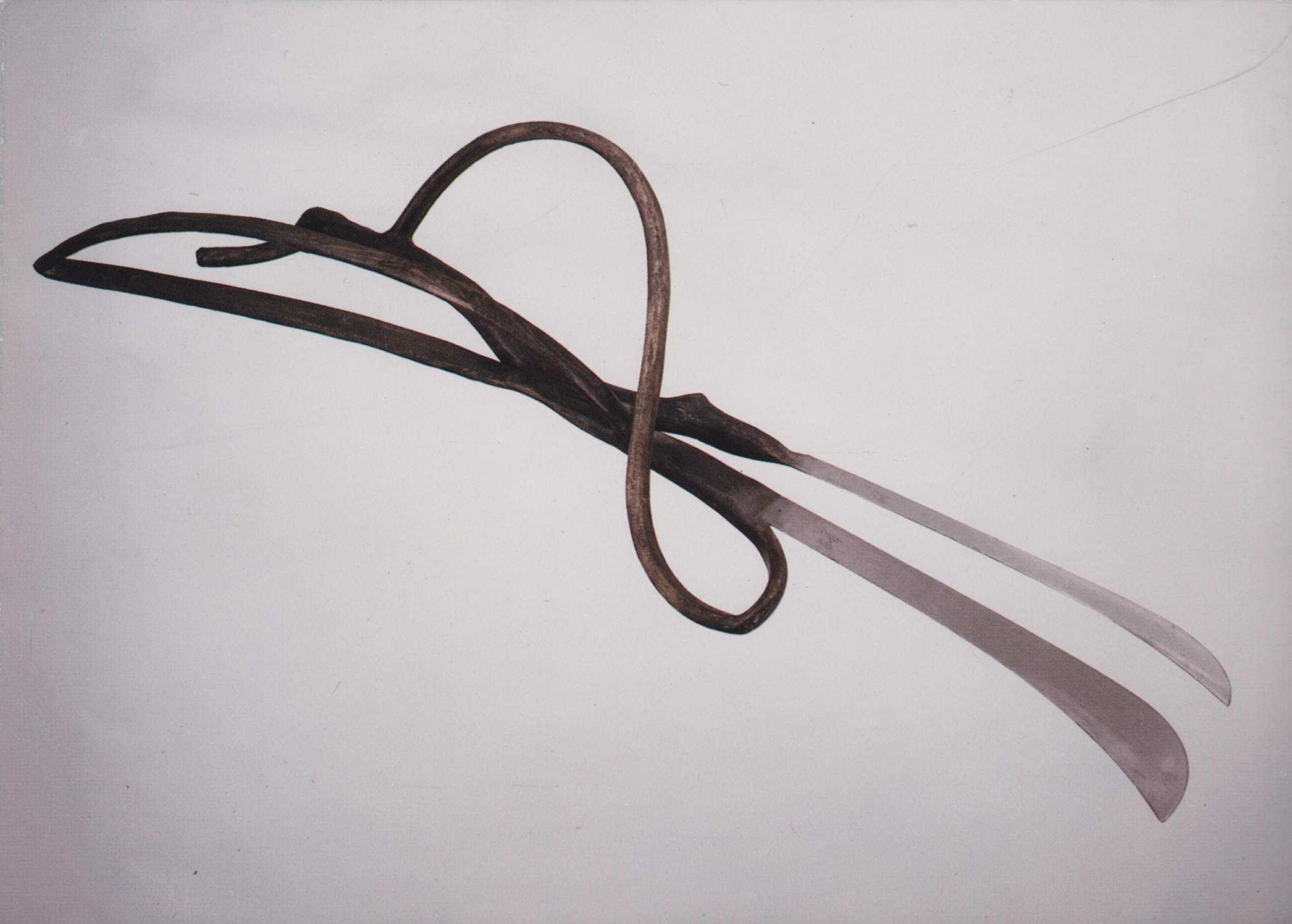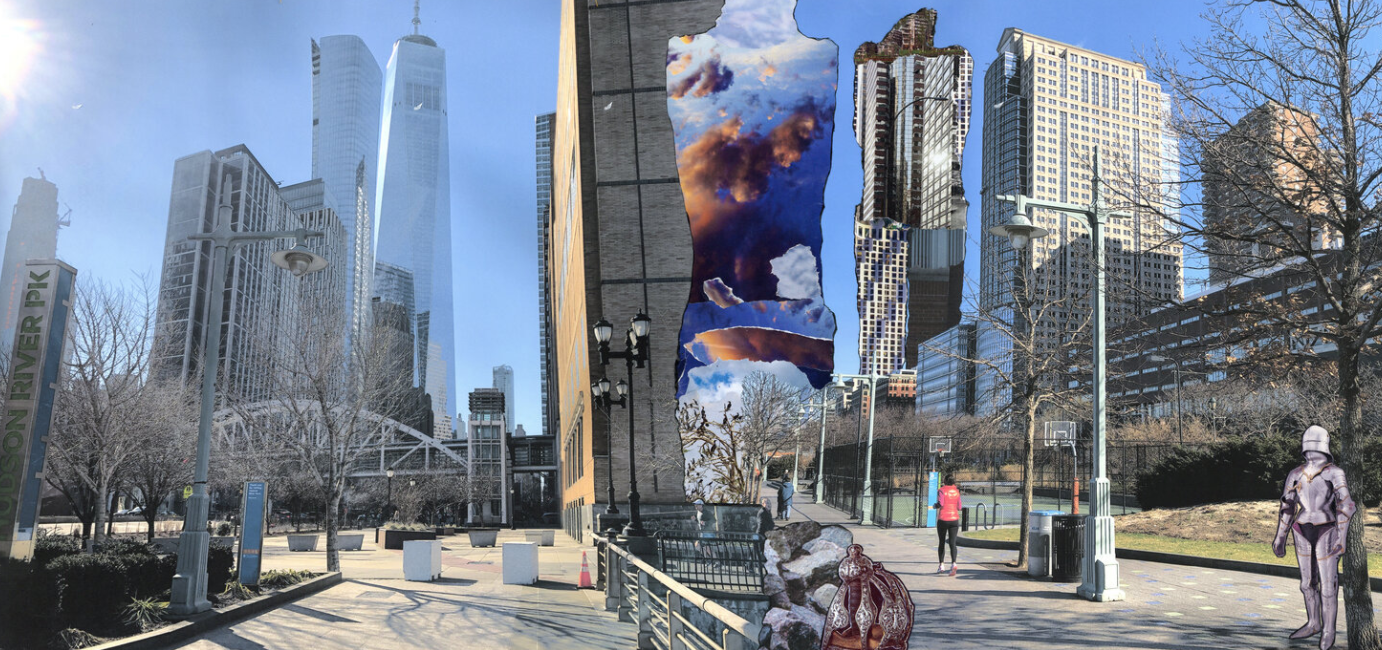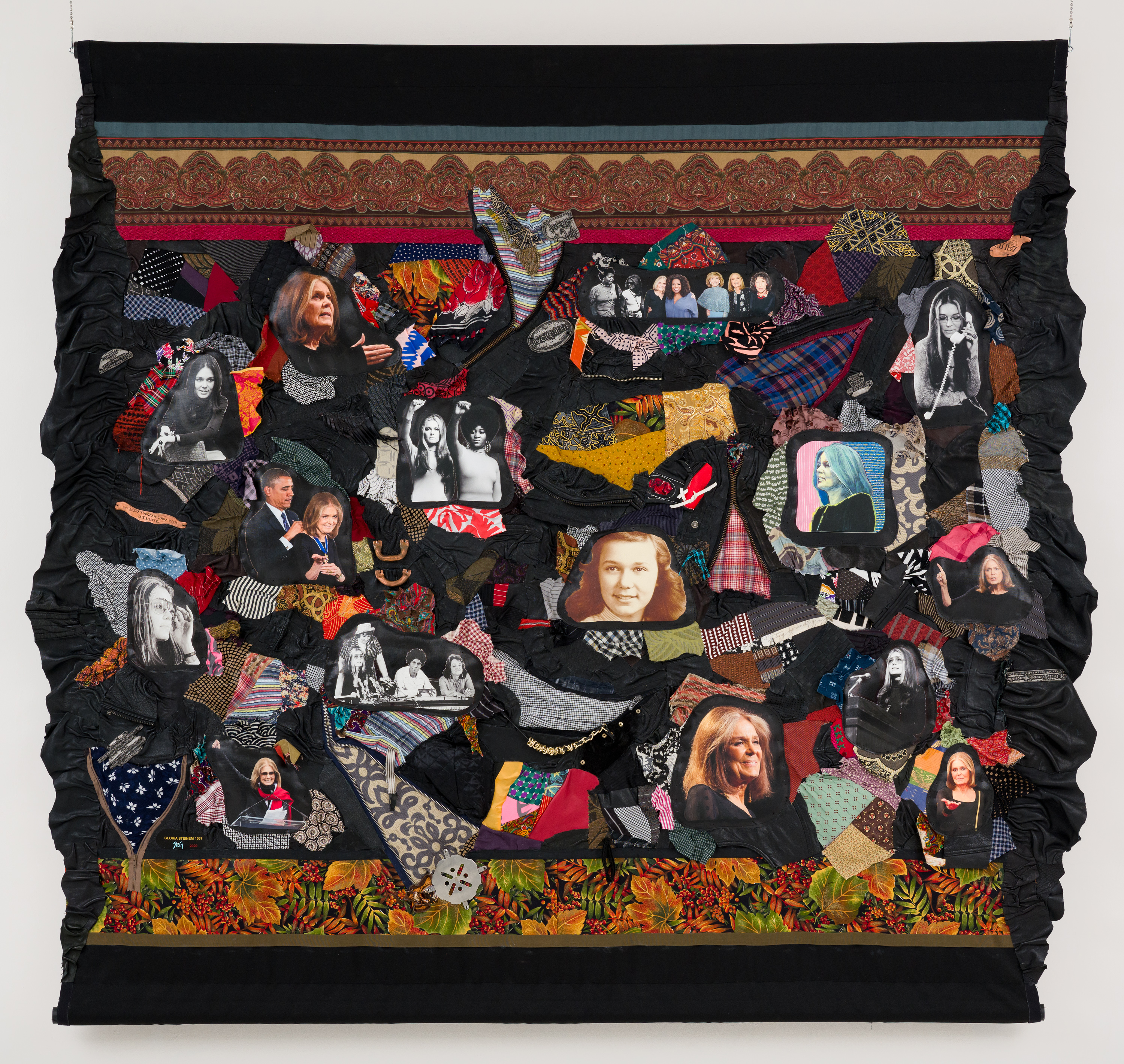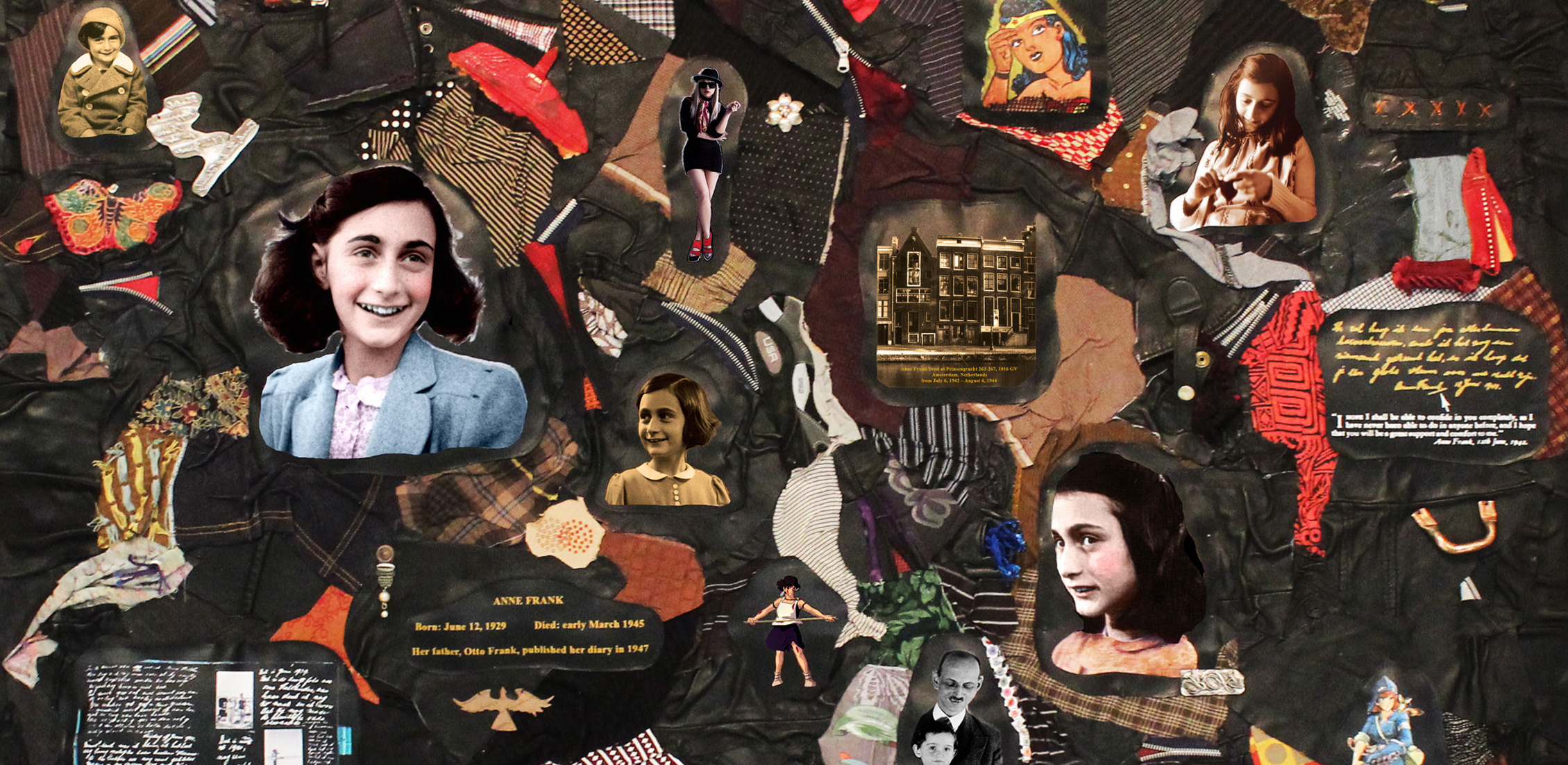
During an interview with Elie Wiesel, he was asked: “What do you think is the real purpose for us being on this planet?” His answer: “ You are here because you have to fight certain battles....” Pondering the phrase “to fight certain battles” I think of my art and why, over the last decade (mostly in the 1990s), I have been using the Machete Blade as metaphor and symbol.
There are many personal reasons, but the cultural ones keep attracting my attention. The violence that we see daily on our own “civilized” soil (most recently the Amadou Diallo murder, the Columbine massacre, the stock trader Mark O. Barton’s shooting rampage in Atlanta) presses on our individual psyches and presents a conundrum with no easy solution. I find that as an artist, I must give form to this puzzle.
In my battle with the Machete Blade, I confront its hard, cold, sharp steel and dull it, curve it, bend it to my will. I demand that it become accessible, intimate, knowable. My artistic process is arduous but I am determined: I tame the Blade. I make it harmless. I control it. I deprive it of its destructive potential and turn it into something soft and pliable, residing in a tactile, even playful environment.
I see the Machete Blade as an icon for our age of aggression. Ignore it at our peril. Instead of being repelled by it and denying its presence, we must address it: politically, socially, economically and, yes, artistically.
By incorporating the Blade into art, I give visual voice to its symbolic threat in our daily lives. By accepting it into a sculptural world of metal, bone, wood, stone and fiber, I deconstruct my own fears, and potentially those of my viewer, and psychically address the intensity of violence in our times.
And, mysteriously, on a psychic level deep within, my battle with Blade gives me strength and hope for a less violent future.
––Linda Stein, 2003





